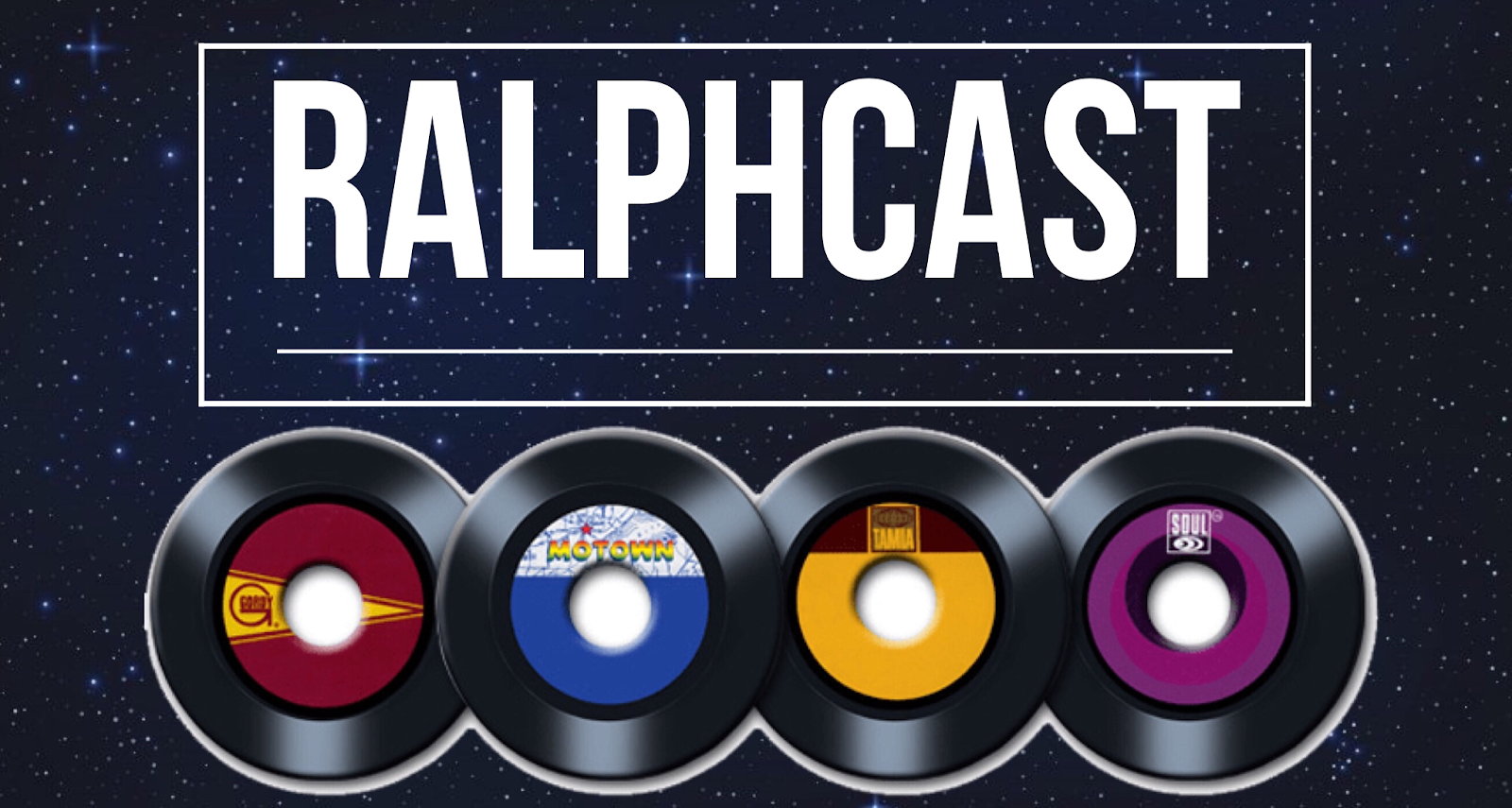After World War II, returning soldiers were eager to establish themselves and move forward. Those who were members of minority groups wanted to enjoy the same rights and freedoms that they were allegedly fighting for. No longer content to stay in the shadows, they were eager to be represented in the media. The people who controlled things, however, wanted to see things go back to the way they were.
At first, those who desired the status quo were winning. Though there were more opportunities for black performers, the status quo was forcing them to the margins where they had previously existed. While many clubs decided to book more “Race” music talent, they still often didn’t allow blacks in their clubs. While some black activists felt that such businesses should be boycotted by black talent, others felt that greater exposure to white audiences would normalize rhythm and blues. While white audiences did take a liking to this “Race” music, the benefits didn’t accrue to black talent; at least not at first.

Originally, the first acts who would gain success inspired by black acts were white performers. Elvis Presley, Jerry Lee Lewis and Bill Haley borrowed the sound of the black performers they were listening to, slightly adapting it for mainstream white audiences. Older whites were scandalized, certain that this ‘rock and roll’ would lead their children and grandchildren towards embracing “Race” music. As it turned out, they’d be right, though their opposition to this development would be wrong.
